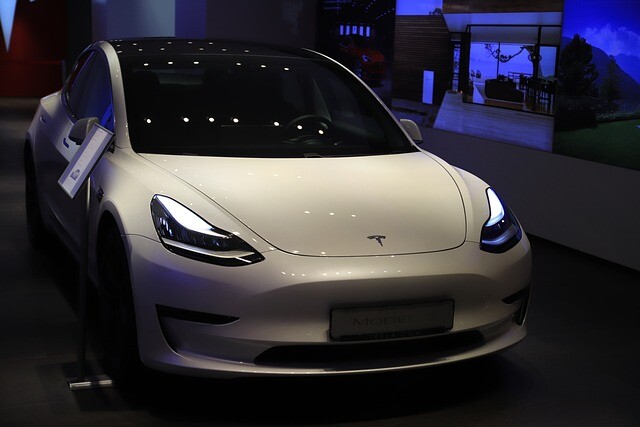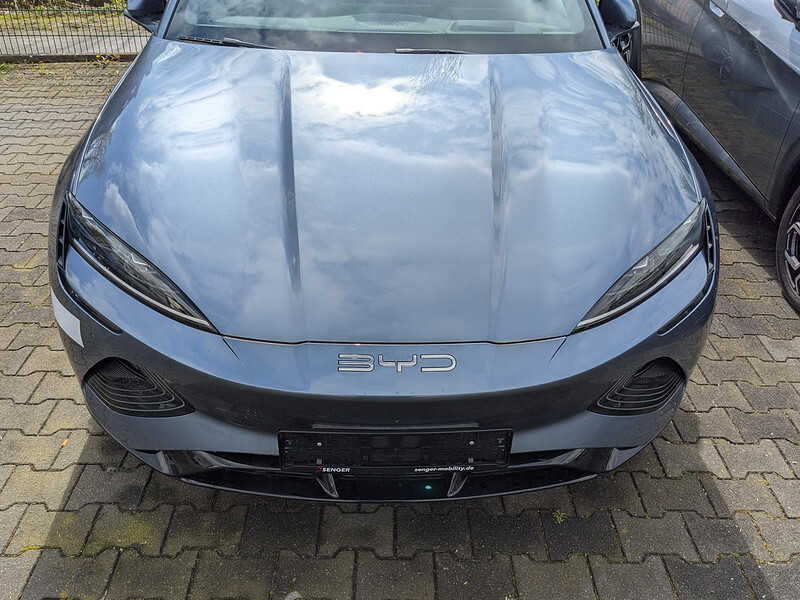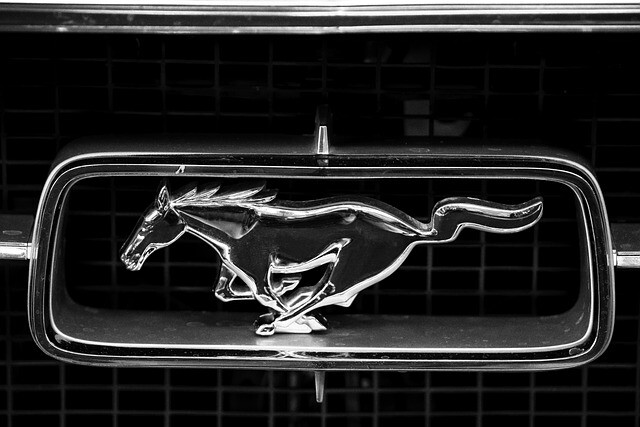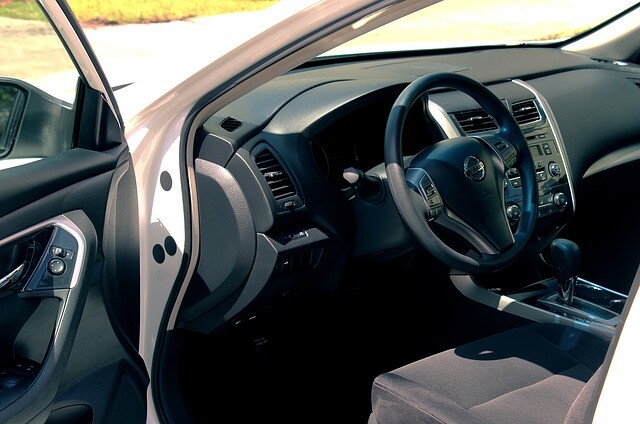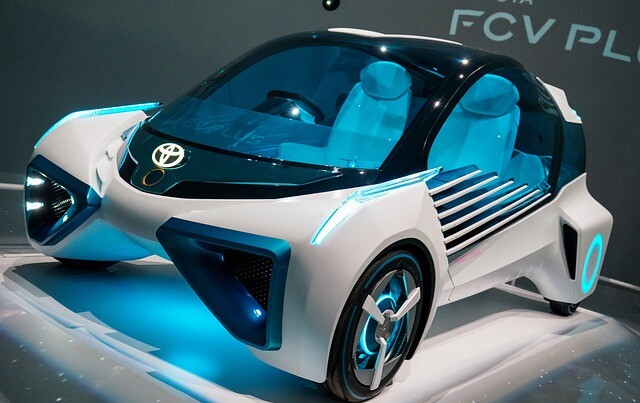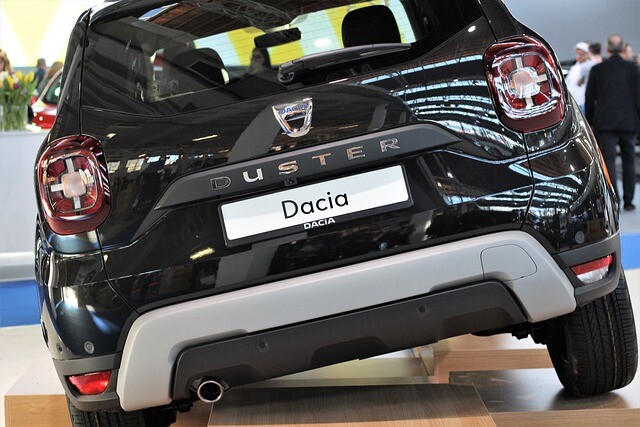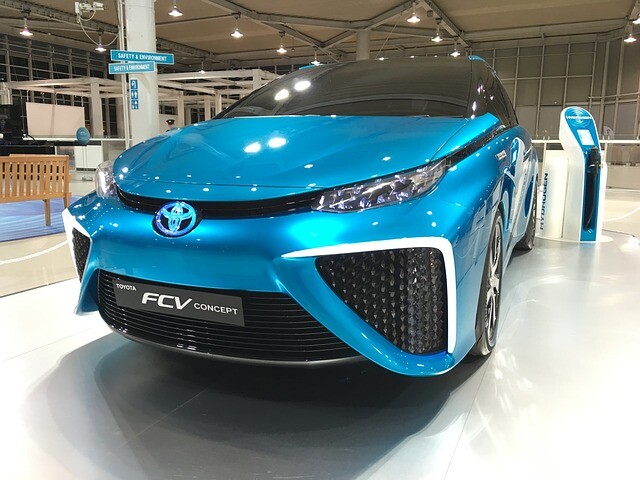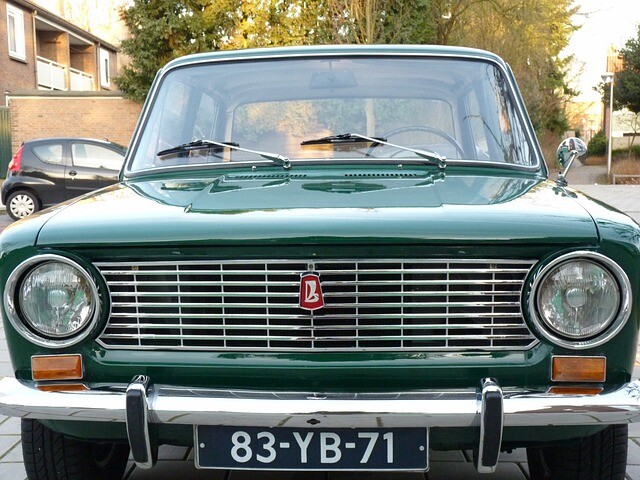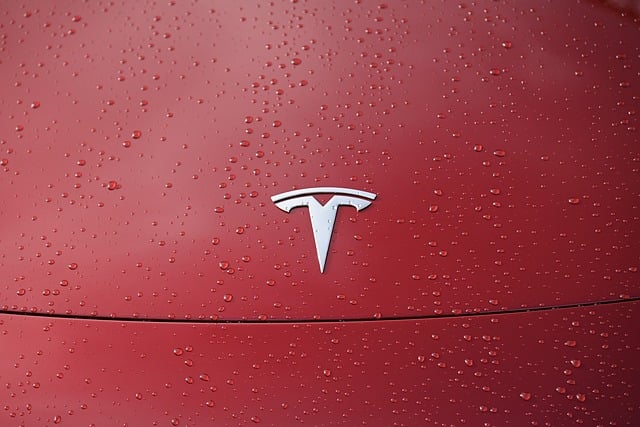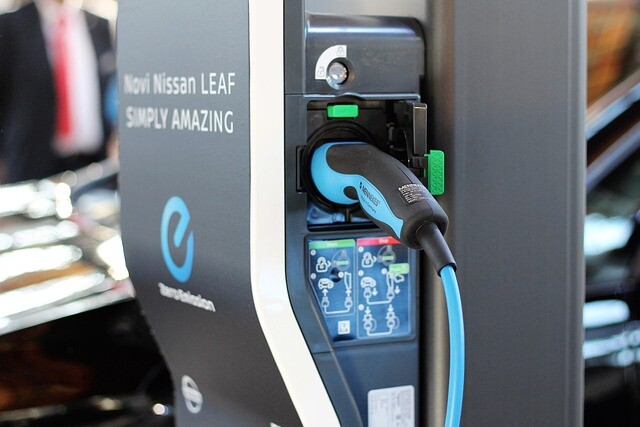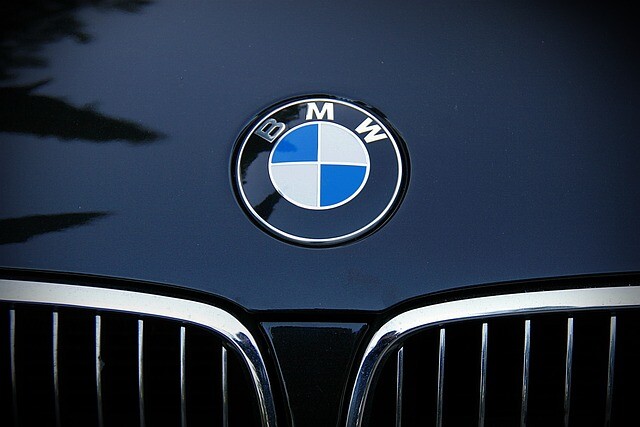Smart cars help you map potholes
The Japanese carmaker would use GPS and cameras to gather real-time information about inappropriate lane markings and potholes. It would forward the related data to the local governments and road managers in order to carry out possible future developments and repairs.

The pilot project, coordinated by the Honda Research Institute, is the first to use connected vehicle technology to record accurate road data, the company announced. Data delivery is scheduled to begin in early 2022 in cooperation with the Ohio State Department of Transportation.
Partosh Kelkar, a researcher at the Honda Research Institute in the U.S., the project manager, said the move could help identify dangerous road sections more quickly, report related data, and make repair work.
Smart cars will use four color codes to visually classify lane paintings to the left and right of a given vehicle. Green and yellow indicate ideal or proper road conditions, while gray indicates no painting. And red means the paintings need fixing.
Latitude and longitude coordinates, relevant images, and videos would be sent anonymously to a secure platform for further analysis. This would be accessible to road managers, who would thus be able to receive real-time feedback on current road conditions and associated hazards.
In the longer term, this solution could actually help spread V2X technology. In the framework of Vehicle-to-Everything communication, the vehicle is able to communicate with the entire transport infrastructure, including traffic lights and other cars, which can help a lot to avoid accidents and various risky situations, writes iotzona.hu .
(Source: autokalauz.co.hu; iotzona.hu | Image: pixabay.com)

